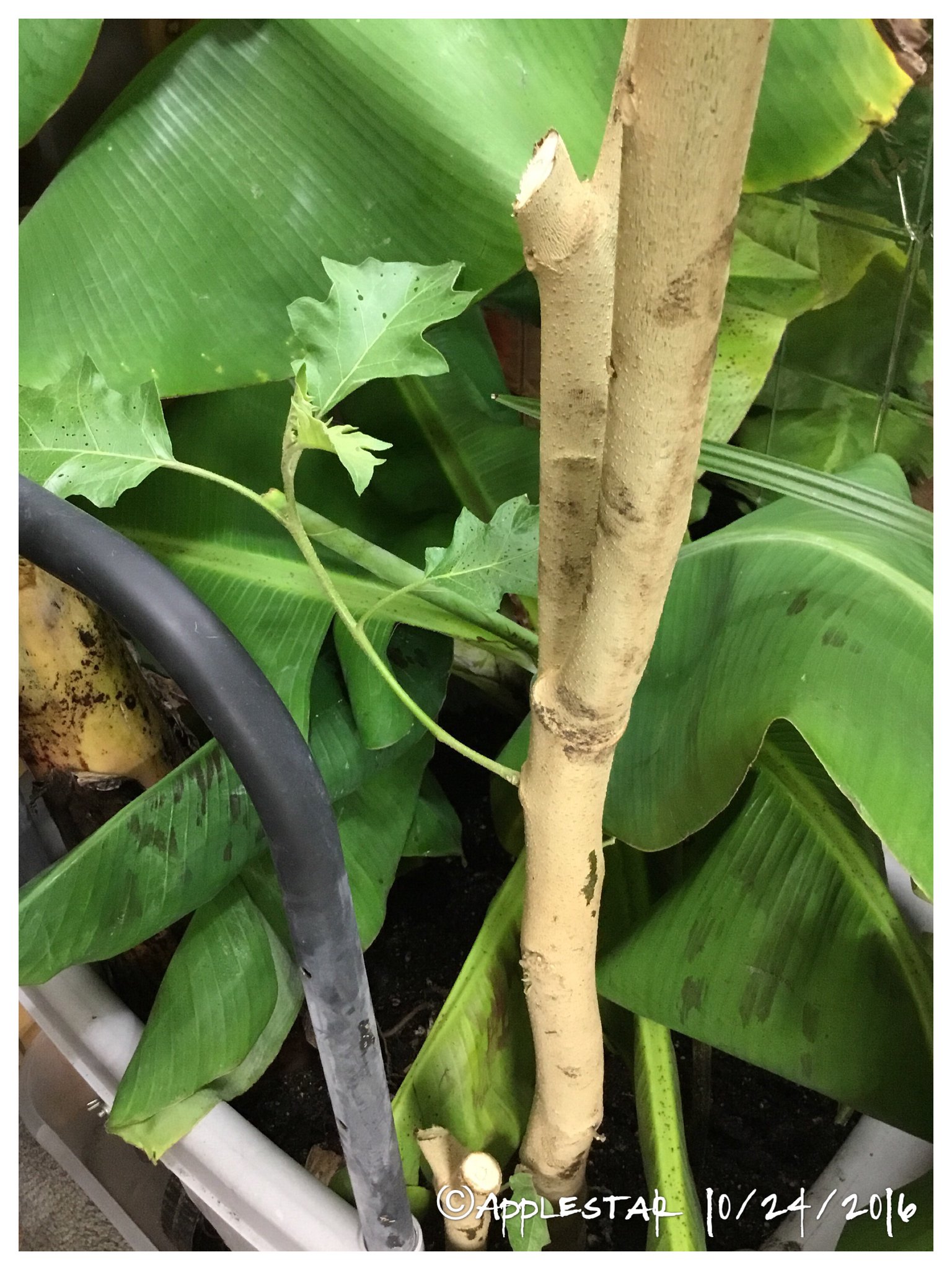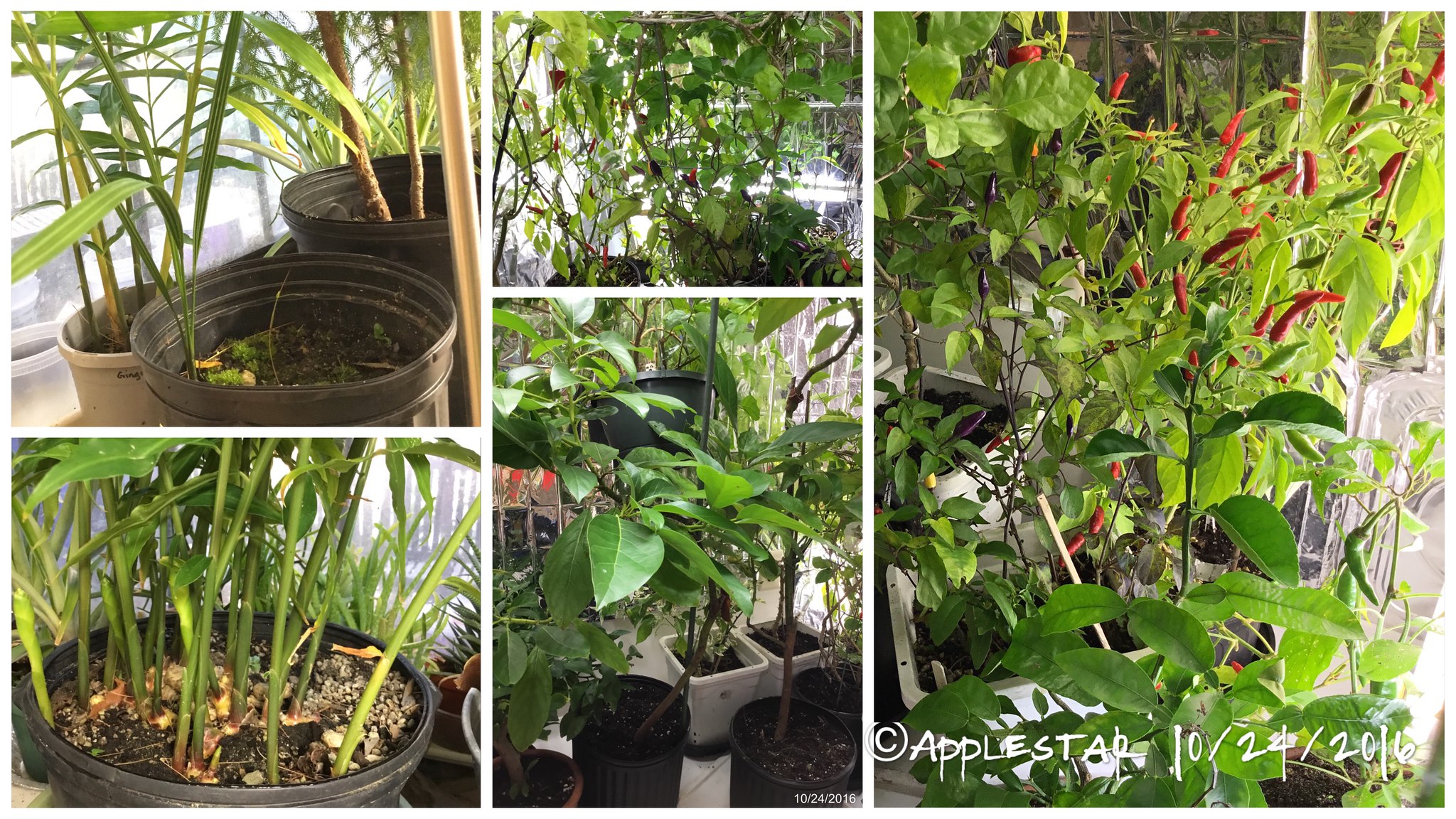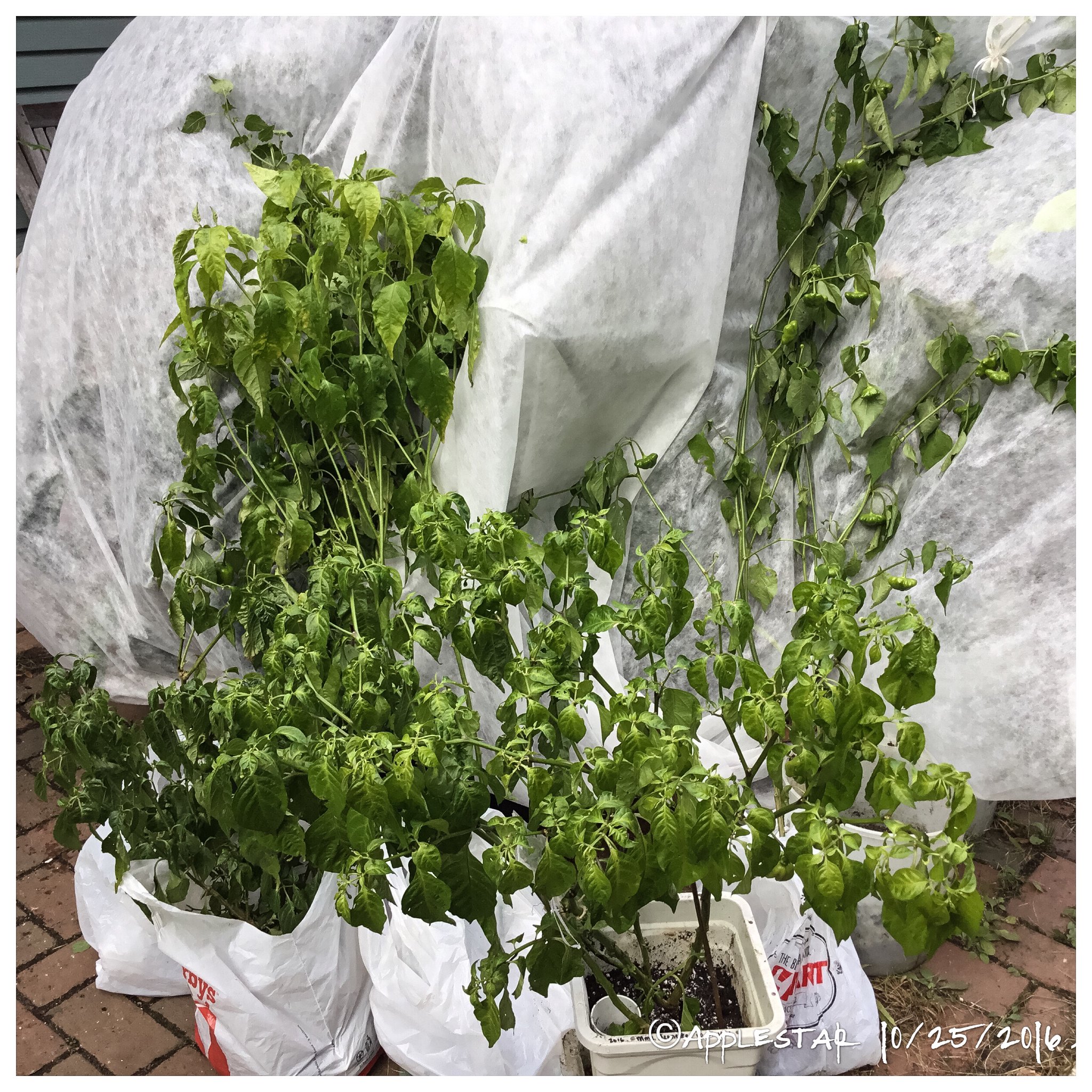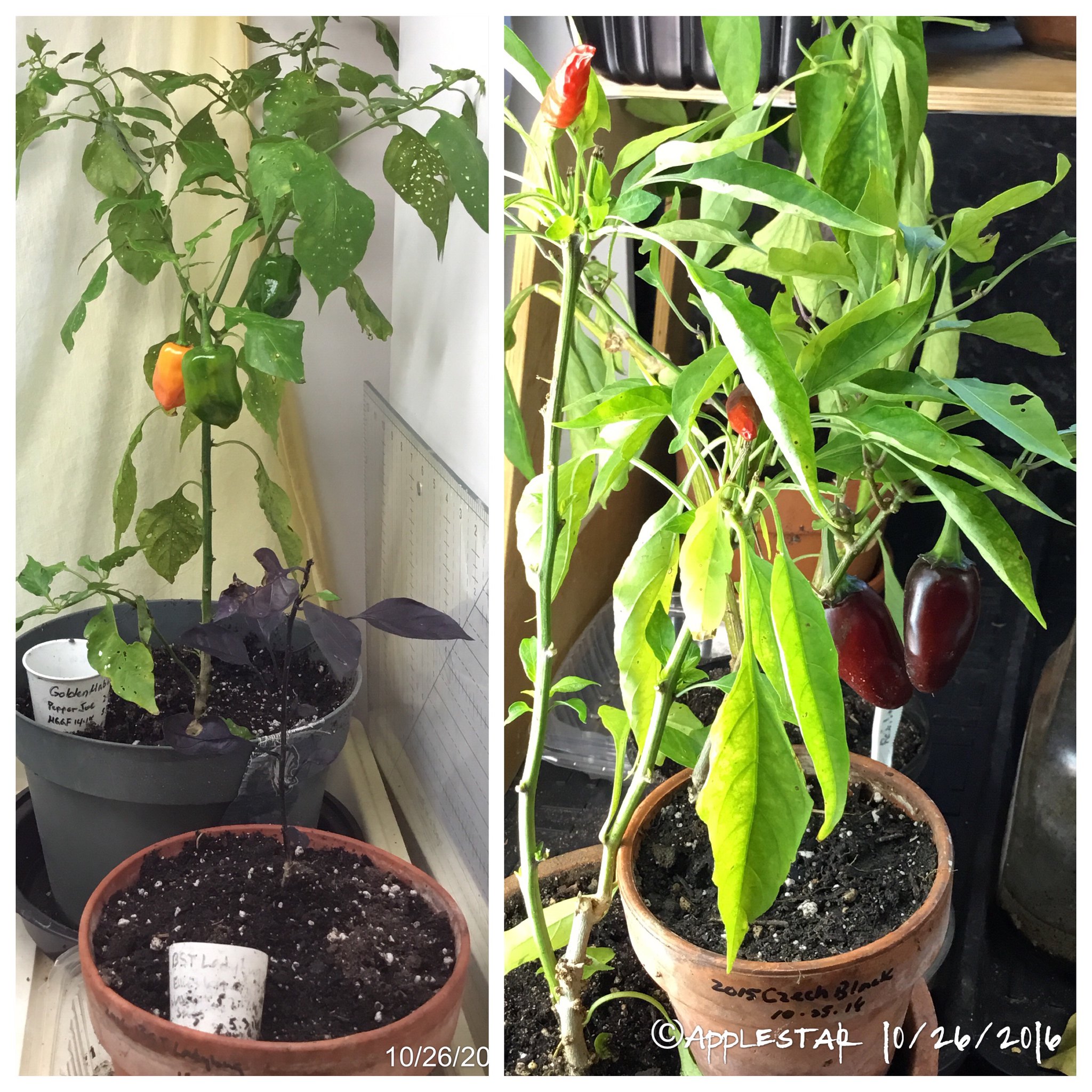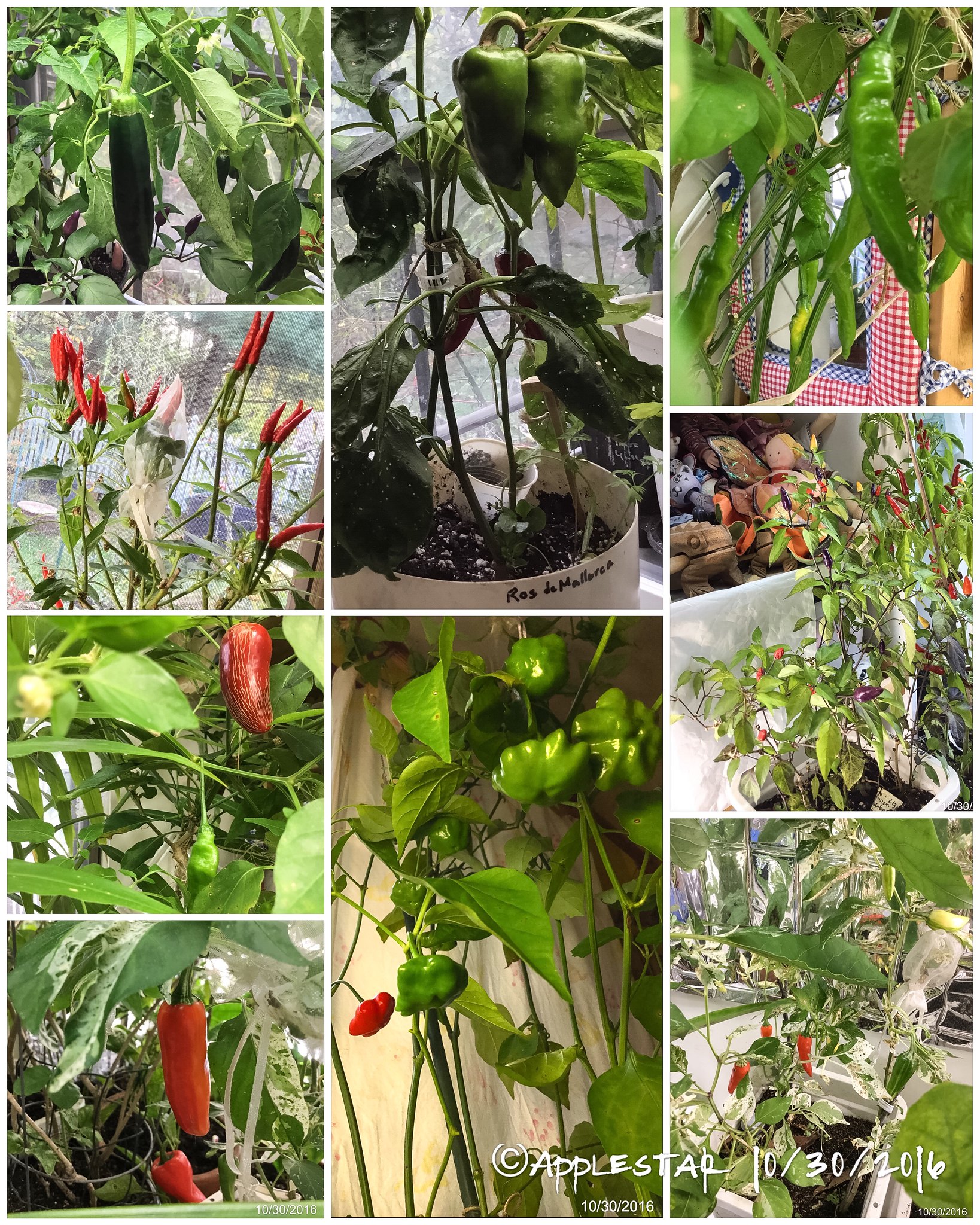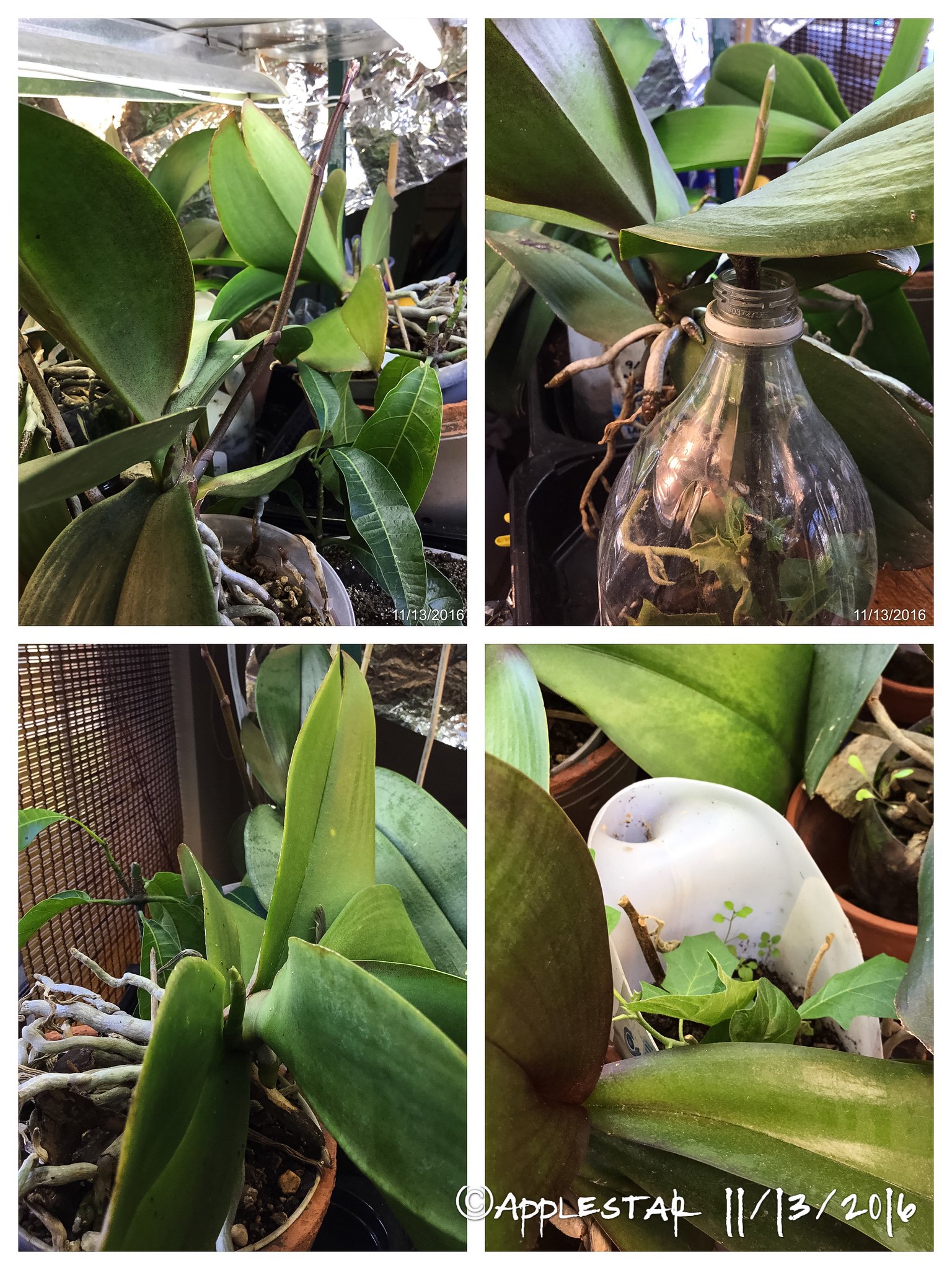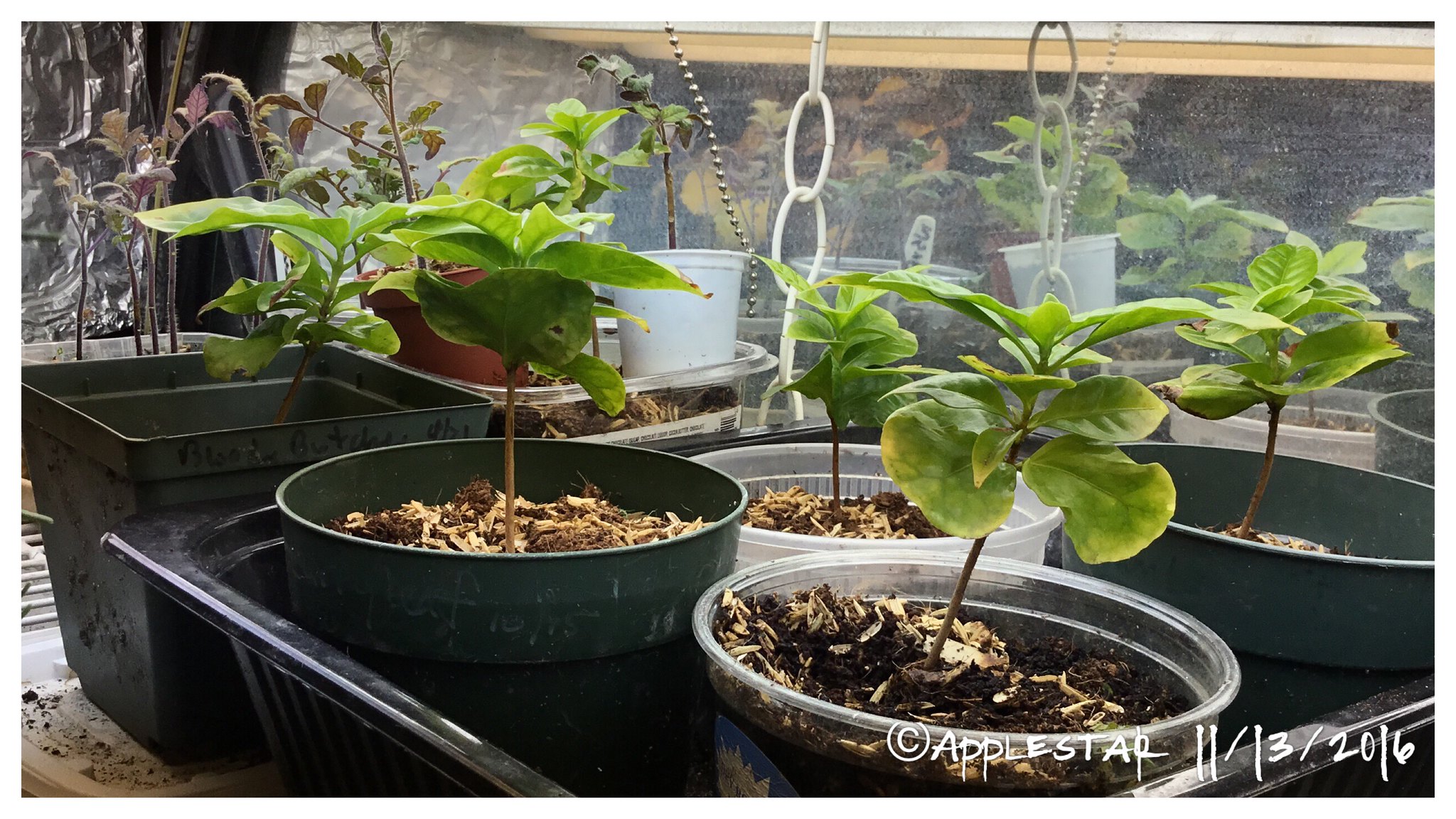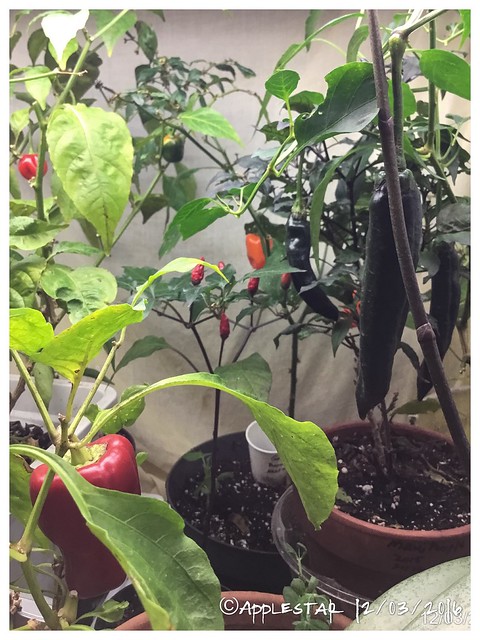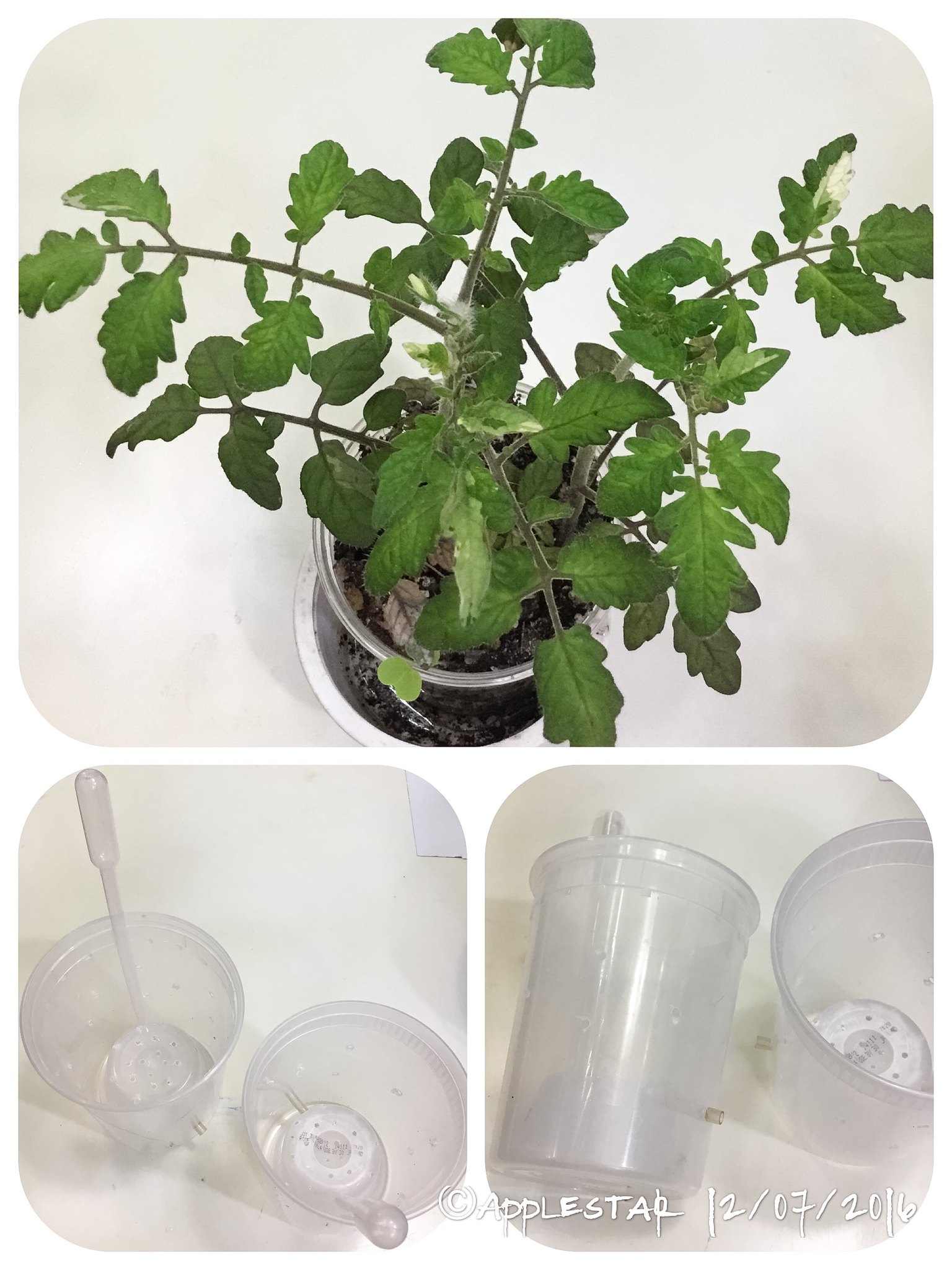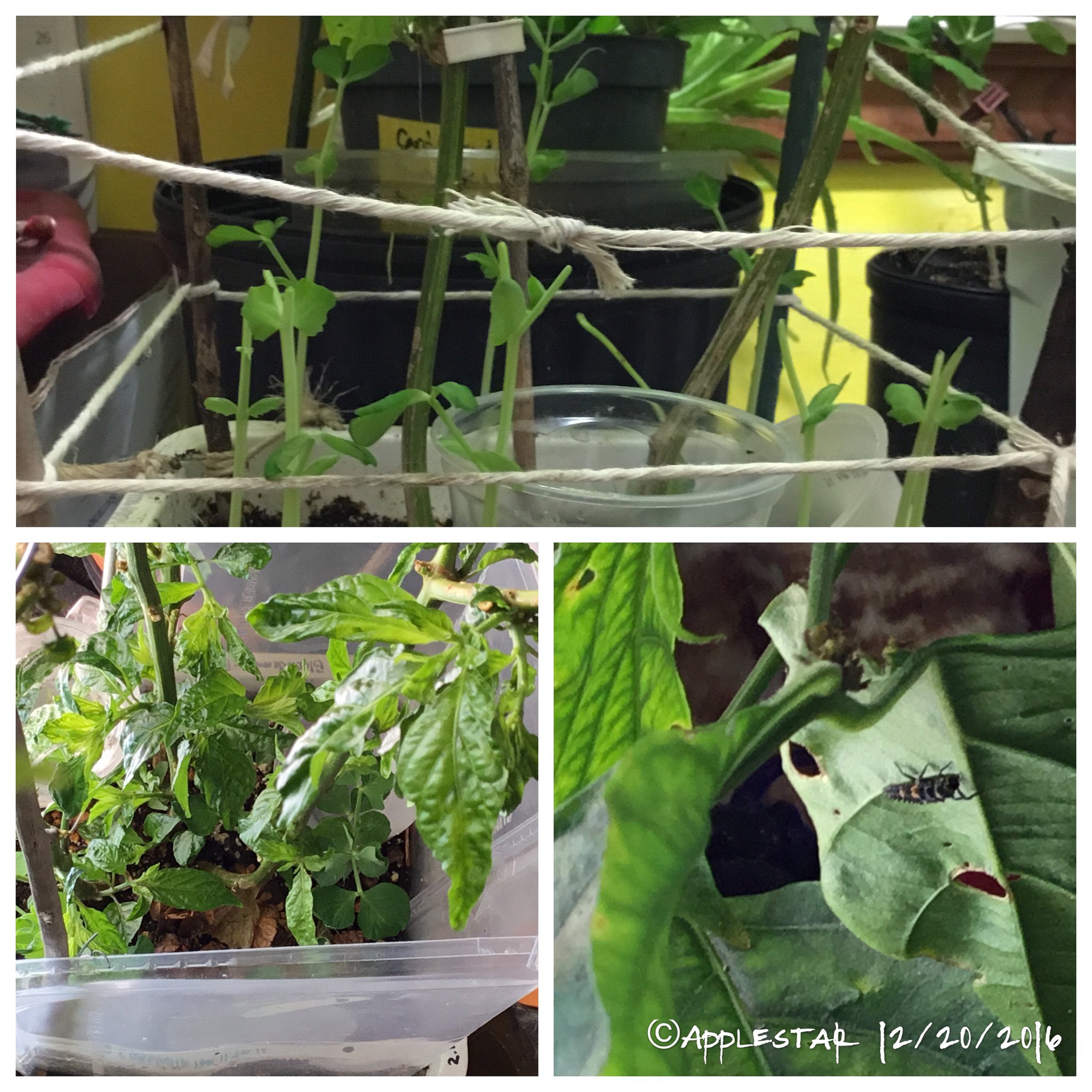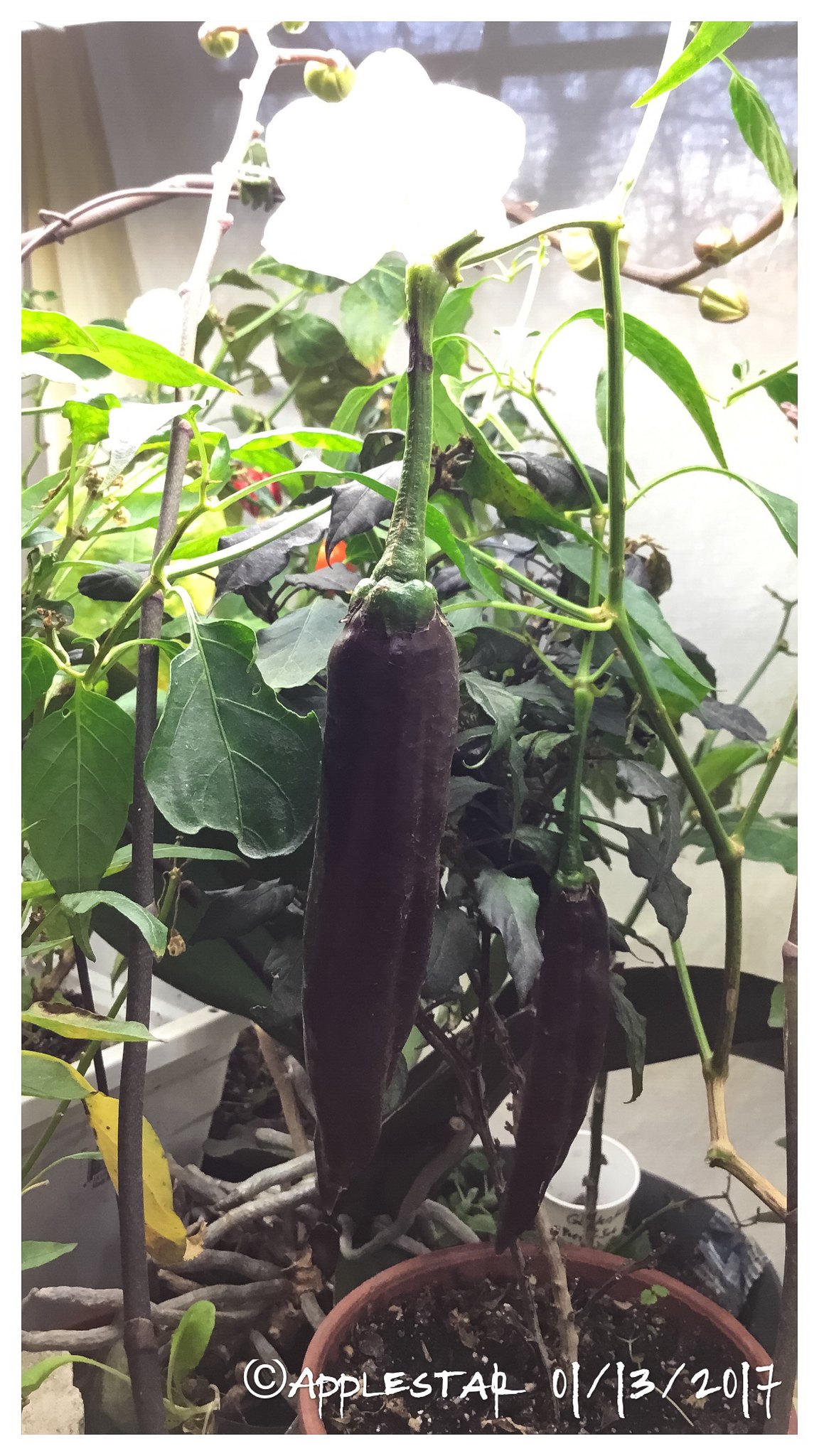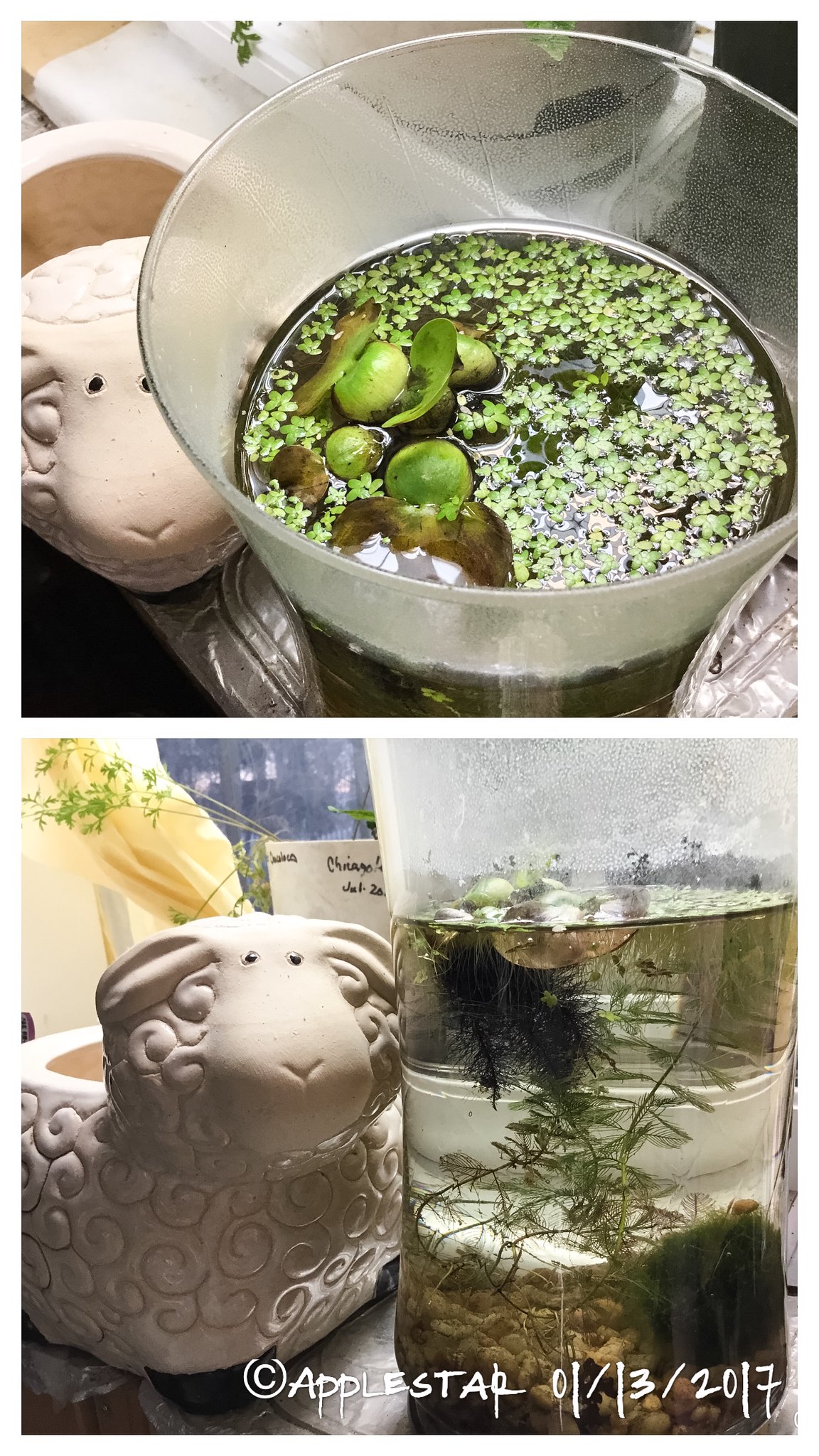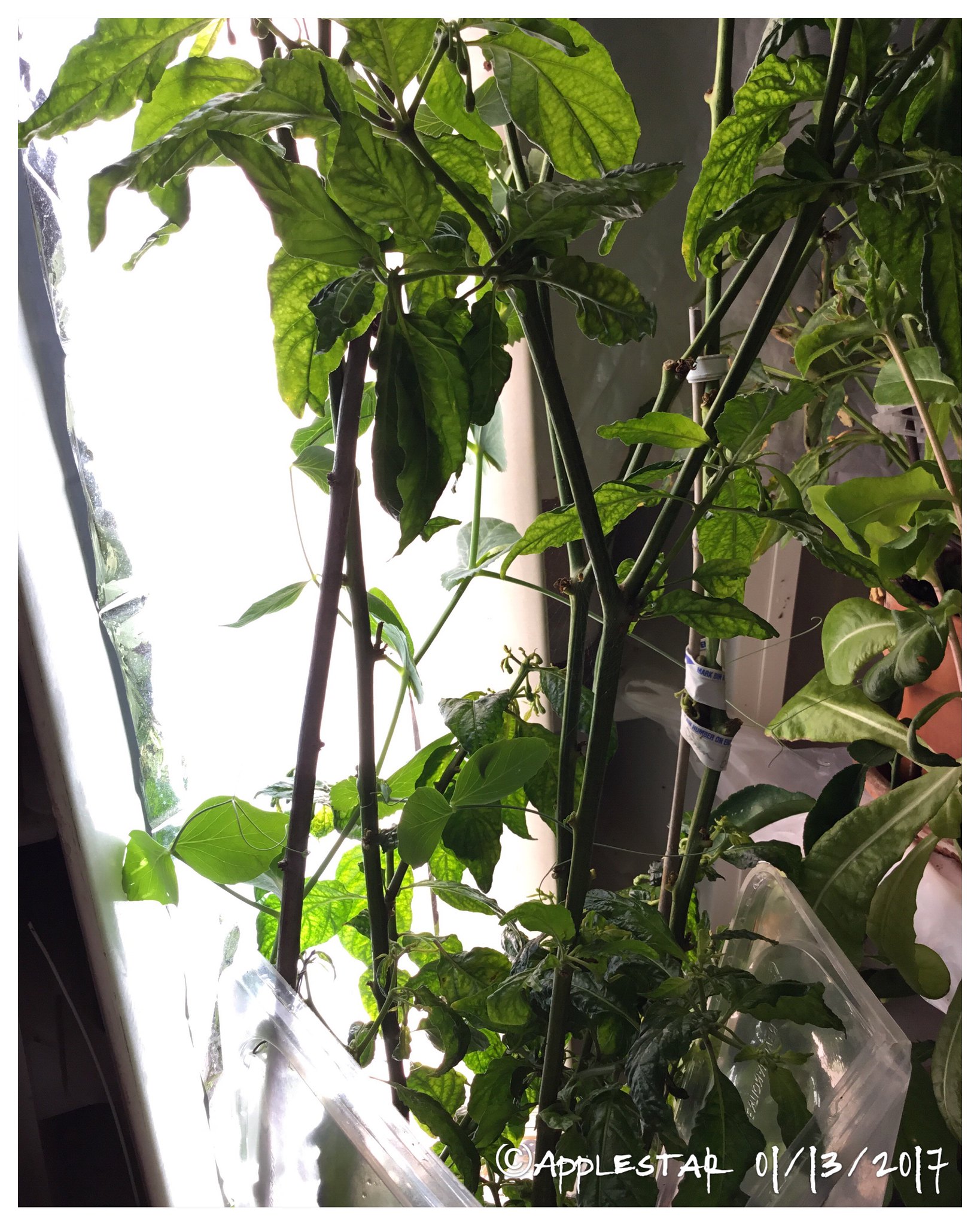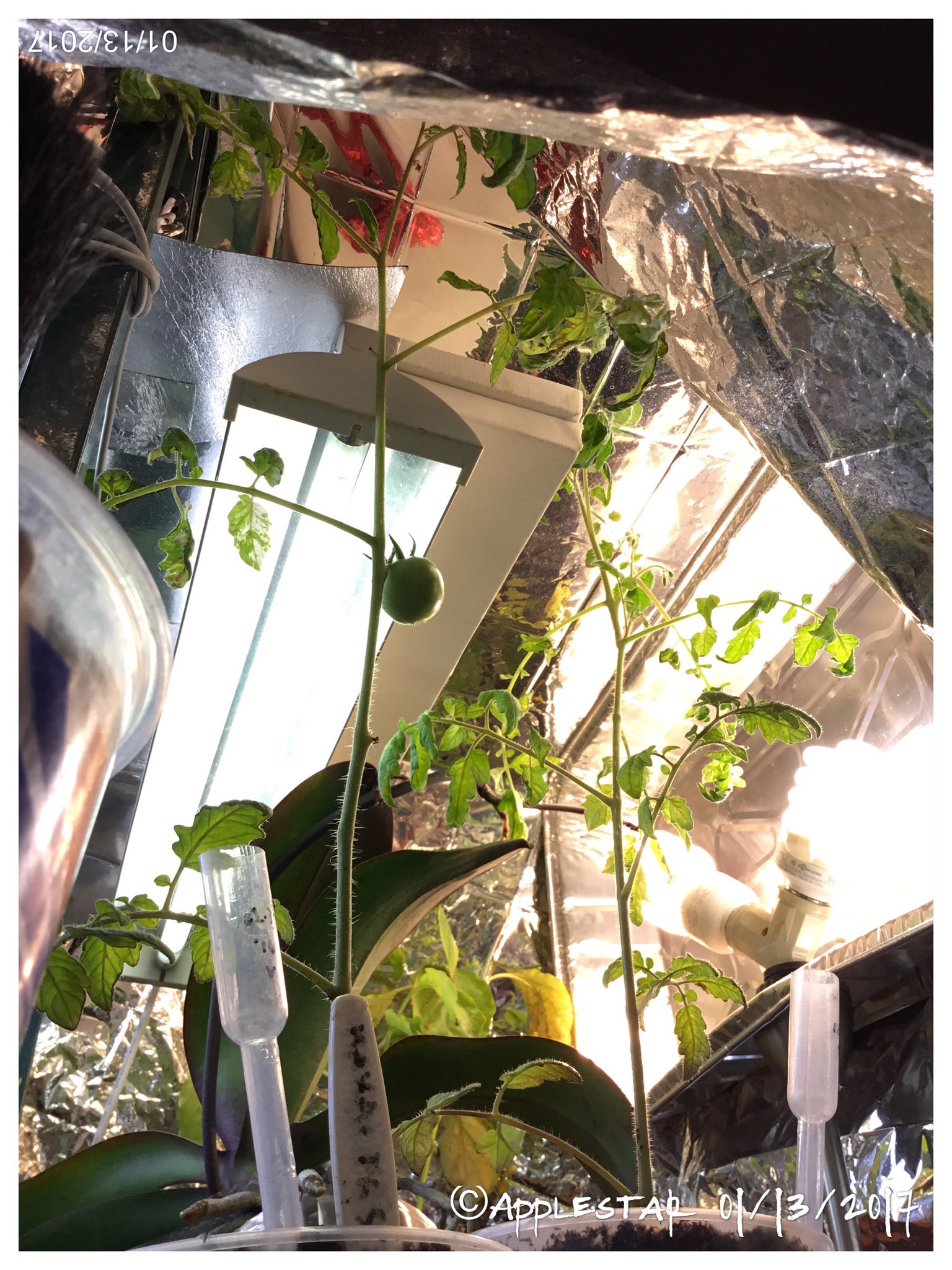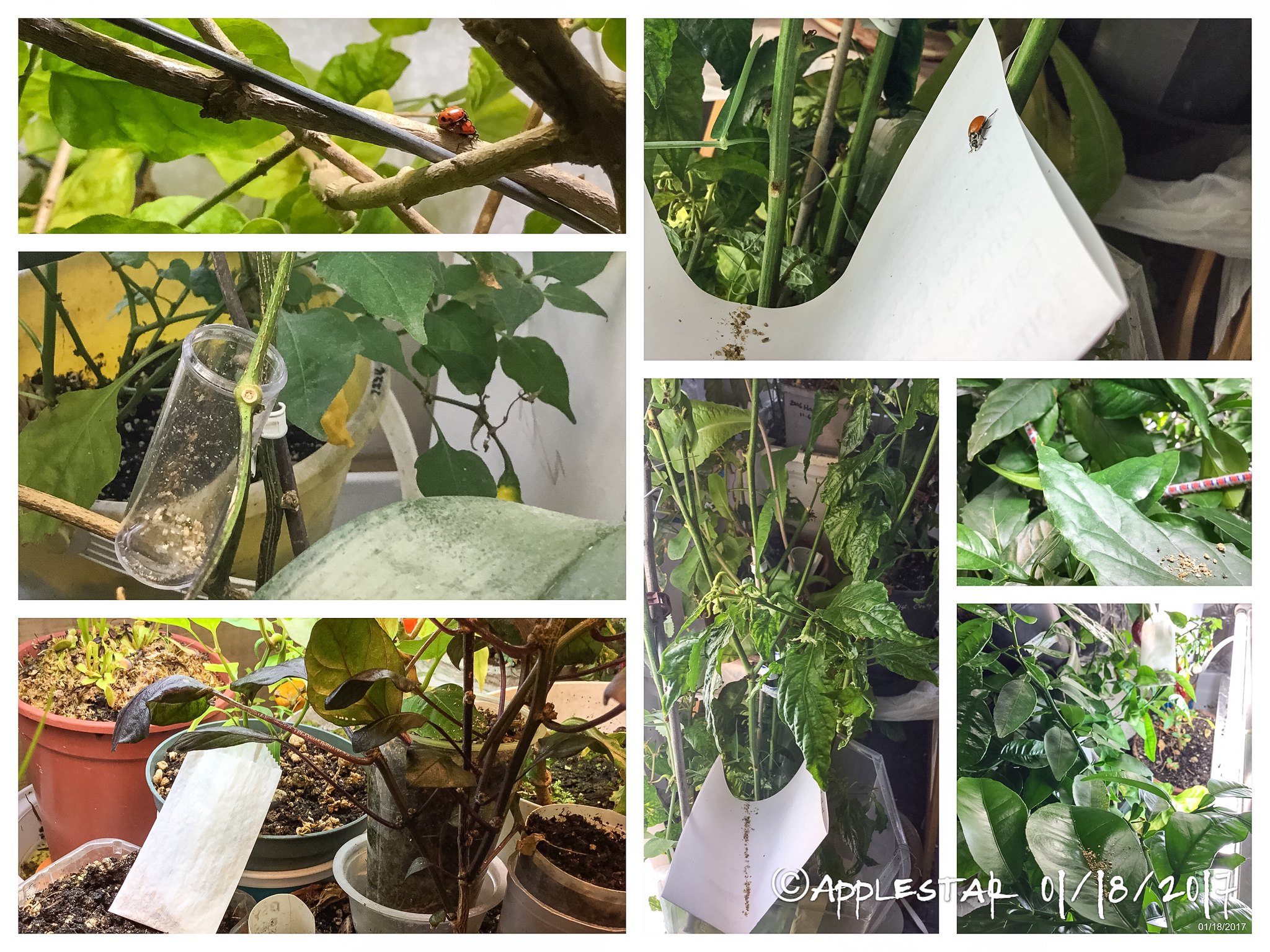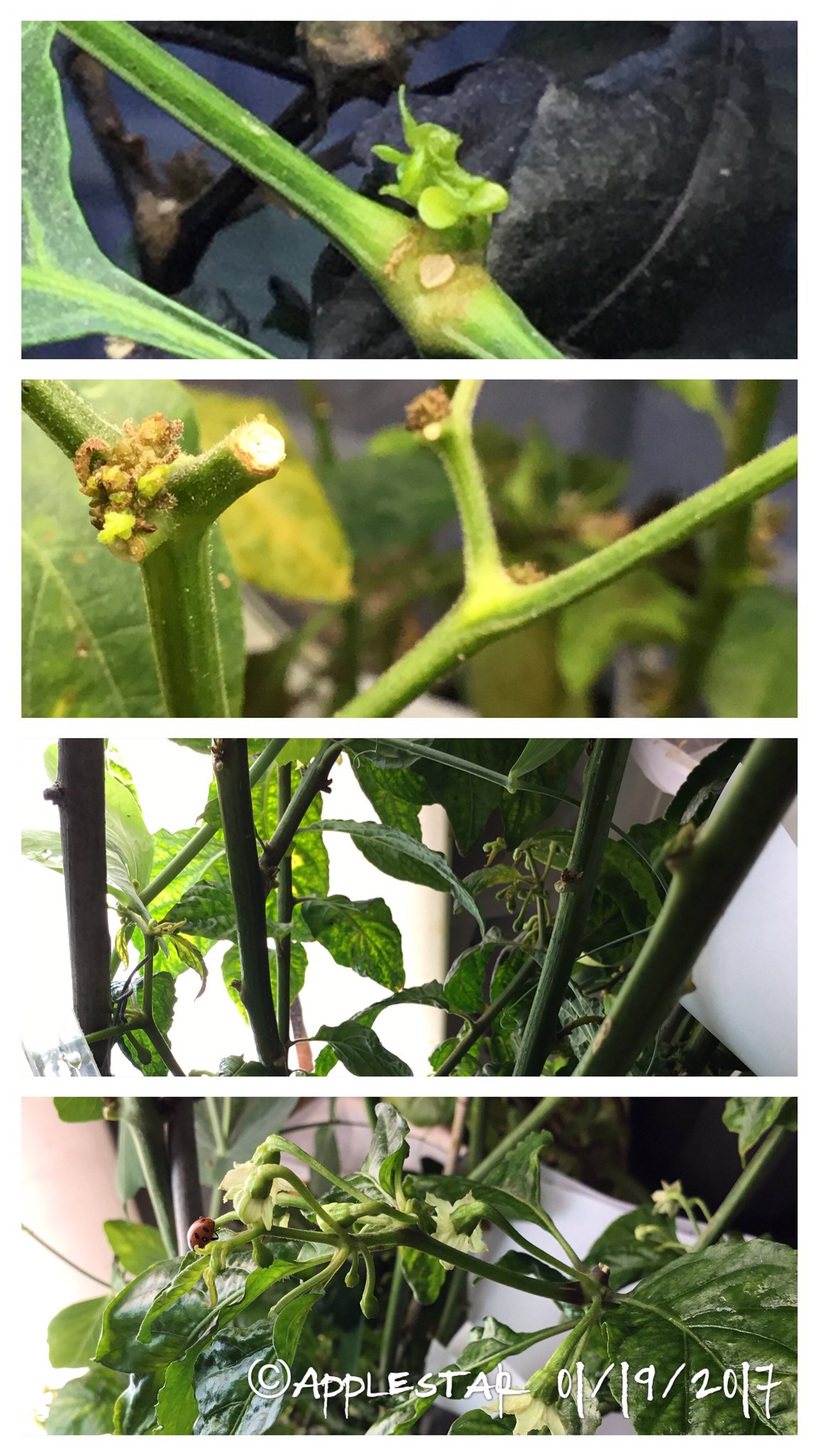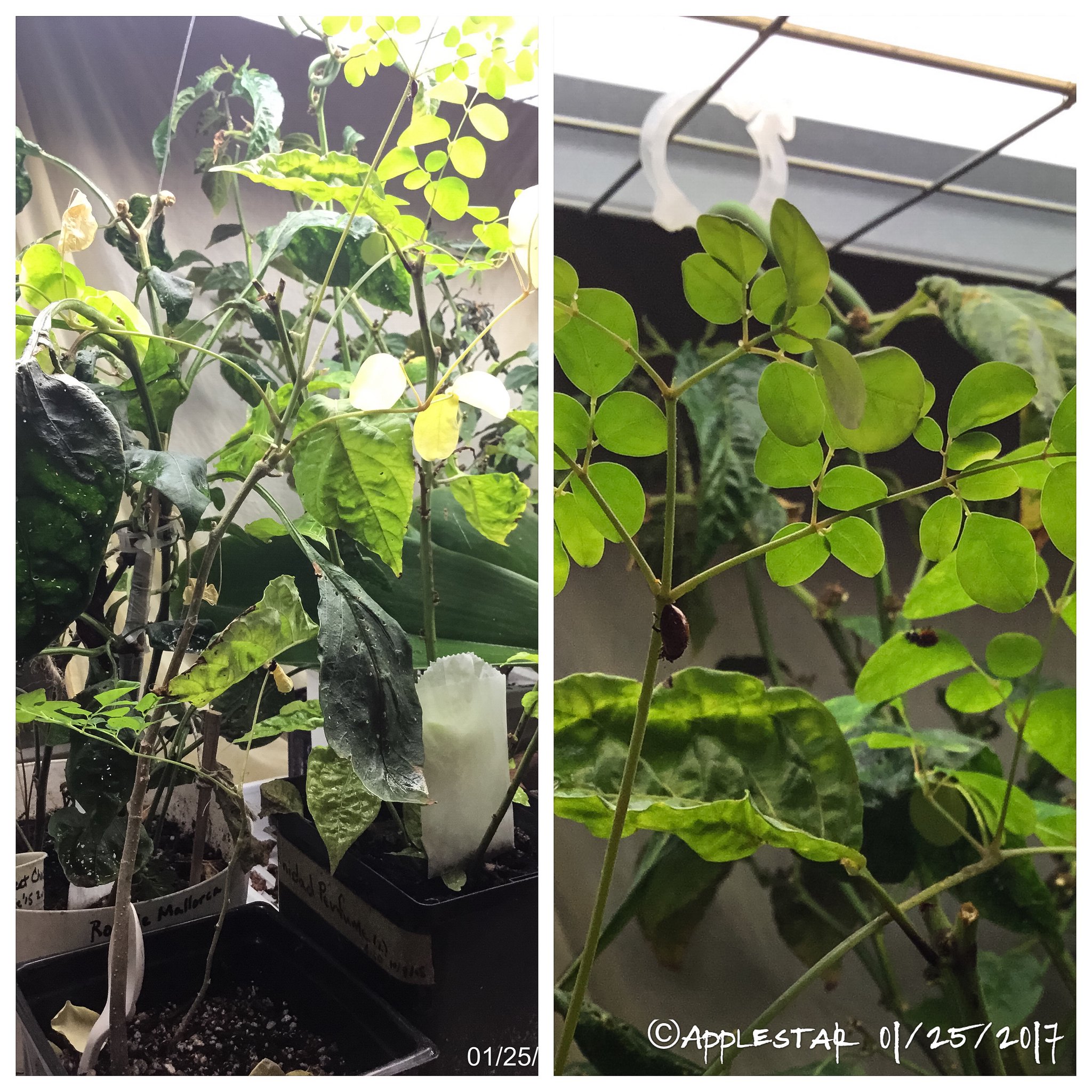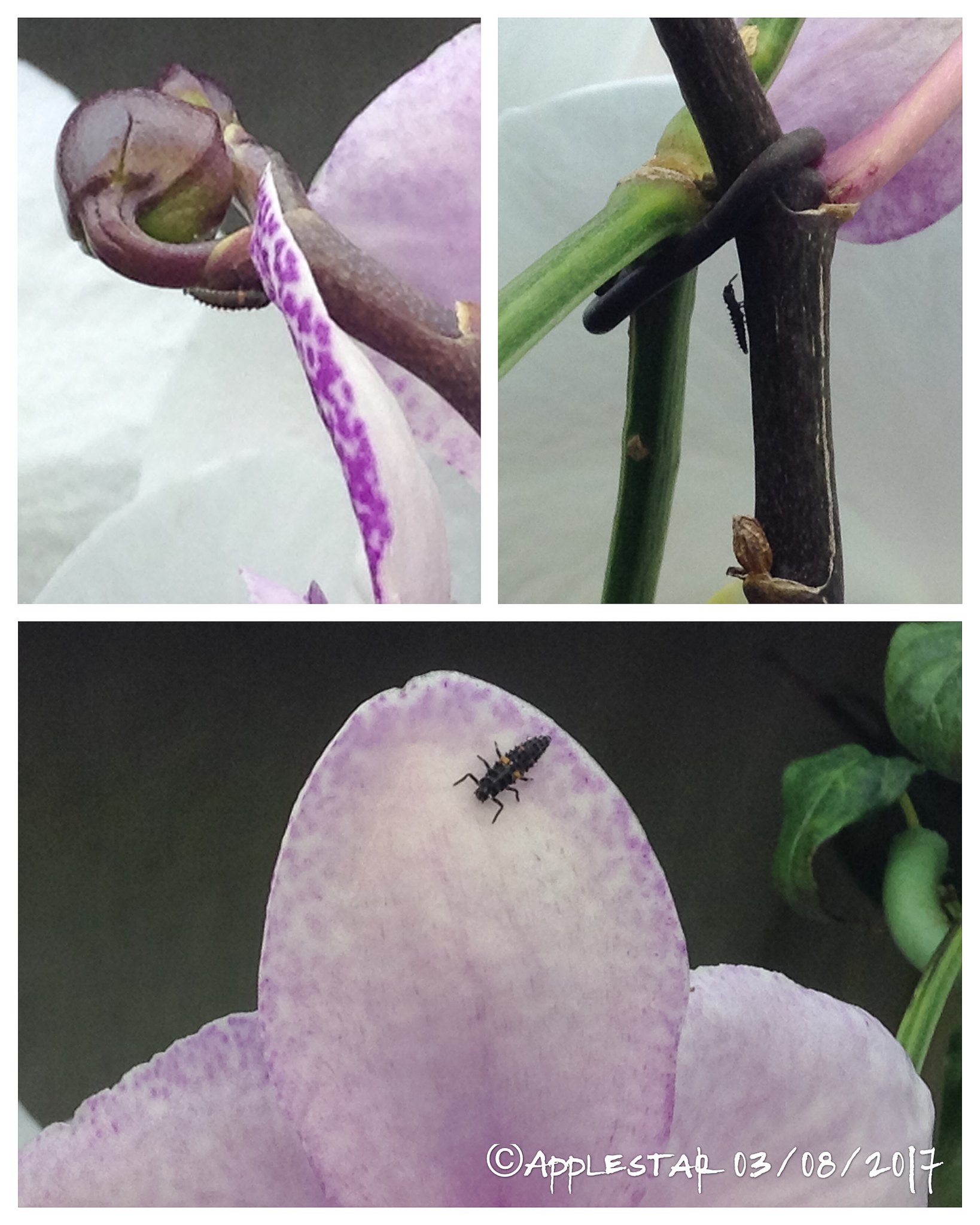When I had small number of plants and could aim for relatively sterile environment, I used to do the commonly accepted practice of thoroughly de-bugging before bringing in. I always wondered why it didn't seem to help, and I always still had to deal with various infestations -- often without success.
But there reached a point when I couldn't do that any more -- too many plants and plants that are way too big for me to provide dedicated individual, leaf-by-leaf attention.... And this was just about the time when I started getting into the idea of bio-diversity, soil food-web, and outright denouncing the anti-bacterial soap that kills 99.8% of germs.
So now, I repot and visually check for soil organisms and pests, and in the process, probably shake off a bunch of critters that might have been in the canopy/foliage, but otherwise, they are brought straight in. I do generally wait for a good fall storm that helps to wash and blow away dust and loose leaves, etc. first if I can because I prefer not to spray them down with garden hose which uses chlorinated water -- I want to preserve the phytosphere community -- GOOD as well as the bad.
Of course one outcome of this practice is last winter's guest -- Squeaky, the tree frog, if you remember.

When I repot, I put in earthworms if there aren't any in the pot already -- if I wait too long and it gets too cold, they leave the containers to burrow in the ground underneath -- then I have to raid my vermicompost bin (but I want to buy fresh supply of healthy vermicompost worms to re-stock anyway). I also leave centipedes in the potting soil to hunt down pest eggs and larvae, even though they will also eat the earthworm eggs and babies. I don't make efforts to remove spiders unless they are too big (I had to put a thumbnail sized yellow garden spider I found on a pepper plant back outside....).
I admit -- Sometimes, I see other garden patrol like robber flies and tiny predatory wasps for a while, but without proper environment to sustain them, I think they do die off. They are not a big deal really since they also stay in the plants... maybe occasionally get confused and buzz the lights -- I don't have/allow yucky flying insects like house flies or moths and have never seen (yewww) cockroaches in the house. Worst offenders are brown marmorated stinkbugs that somehow make their way inside during the winter. Rare wasps and large spiders are captured and escorted out.
Last winter, I had a bad tomato russet mite (and possibly broad mite) situation that impacted the spring tomato and pepper seedlings. I wasn't willing to spring for predatory mites and hoped the ladybugs could control them, but no luck. I know some local predatory mites must have come in with last fall's plants and helped some. I'm hoping for similar efforts from my Garden Patrol, but this year, I plan on going ahead and getting a supply of predatory mites before situation gets out of hand (and also before it gets too cold) if it becomes necessary, even if the ladybugs would snack on larger predatory mites. -- I need them to patrol the microcosm since I can't see the mites without visual aid like a microscope.

